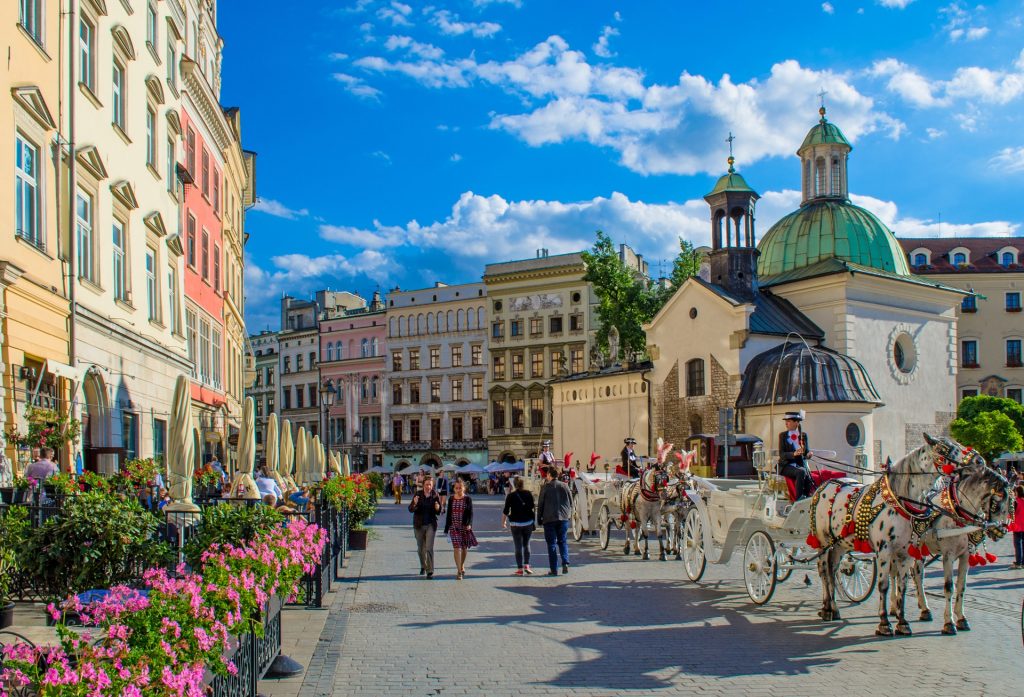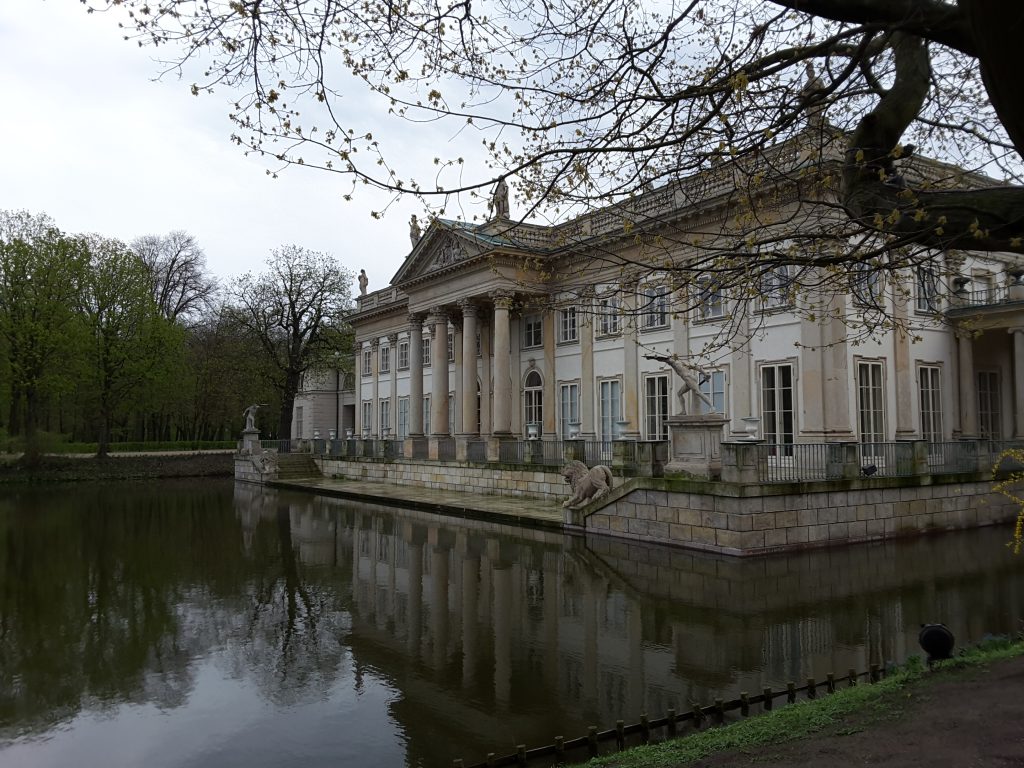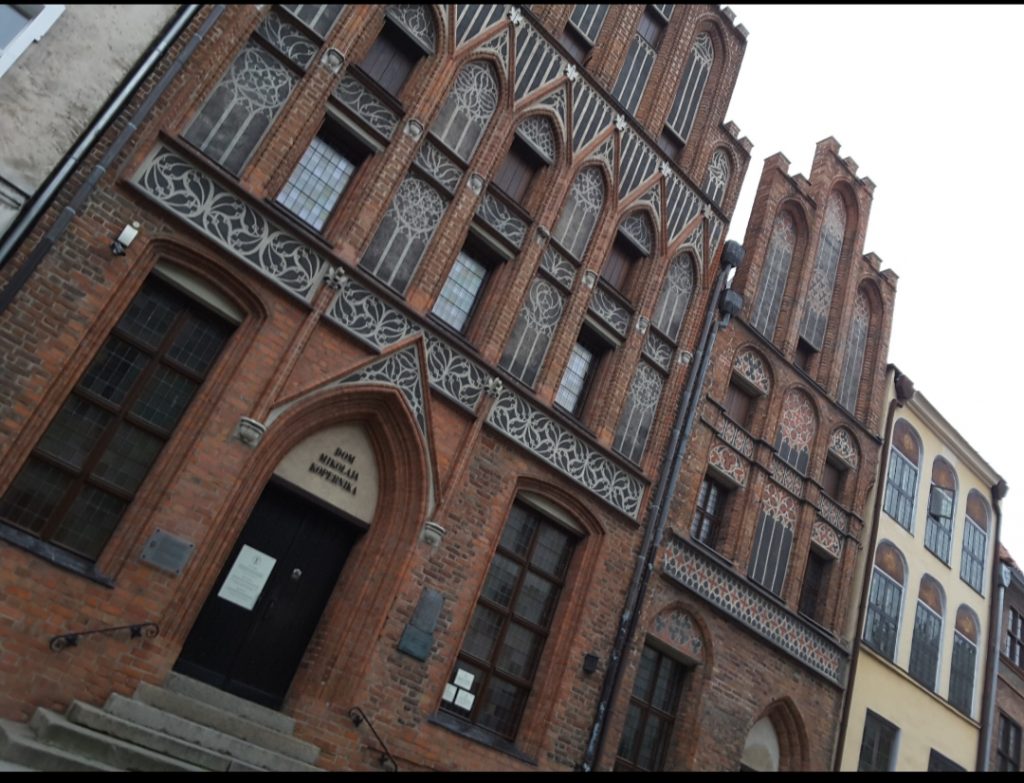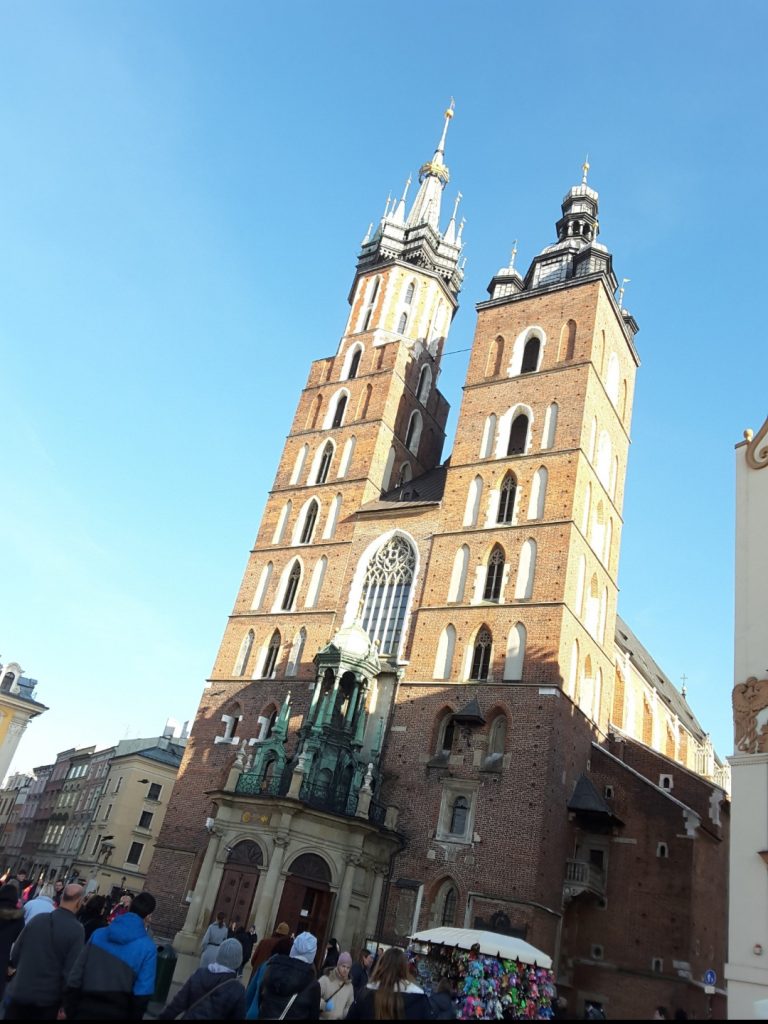My serendipitous trip to Warsaw in April 2017 for the Beethoven Easter Festival had introduced me to an entirely new culture and nation I had previously not paid enough attention to. And I was fascinated. I loved the country, the art, the people, the culture so much that I was back just a few months later, this time on an inter-city road trip to discover more of Poland. I had the chance to get glimpses of Torun, Poznan, Wroclaw, and Krakow as well. Here is a list of the top sights from my week there, as well as some travel tips.
As background info: I took a flight+hotel+bus “package tour” from Turkey. The kind that is advertised every day in the papers and on the internet and sold across all the travel agencies. However, I do not recommend it. Almost 80% of our daytime was spent traveling on intercity highways, and we only got to spend a few hours in the cities themselves. So, my advice will be “don’t do as I did, but do as I am about to say…” and do the itinerary, but in an independent traveler mode.

A cross-Poland trip is totally feasible on your own. You can find round-trip airfare to Warsaw for as low as $150 and book a multi-city for around $200 (ie, Istanbul-Warsaw, with a Wroclaw/Istanbul return). All cities/towns are safe, modern, and civilized. Just book a hotel or an Airbnb room of your choice.
Start from Warsaw, traveling on your own schedule using the public train or bus services. If you prefer guided tours, make your bookings from the local Tourist Information Offices in the city. Ideally, I would spend three to five days in Warsaw, plus a day trip to Torun; head down to Krakow for two or three days; and throw in Wroclaw for a day-trip or overnight before hopping on the return flight back to Istanbul.
Now that the itinerary is out of the way, here are my suggestions for each of these aforementioned cities:
Warsaw
Warsaw has the charm, architectural beauty, culture, museums, music, parks, nature and just the general awesomeness of any major European capital. It doesn’t have the tourist crowds, the arrogance, and the high prices. I have visited it three times already, and will happily visit again and again.
My favorite remains the Lazienki Park, aka. the “Palace on the Water.” It’s beautiful in any season. Spring displays all colors of nature, with squirrels running around, tortoise, and birds and fish of all kinds. This March, with the mini palace straddled across the frozen pond, it was tranquil and so picturesque that it made the cold worth-while. Juxtaposed against frozen water makes a tranquil setting off of postcards and makes the cold worthwhile. I have yet to catch it in the summertime.
In any visit, make sure to pay proper homage to Krakowskie Przedmiescie Road, the heart of the center. Start from the monument of Copernicus, visit the Church of the Cross -which hosts Chopin’s heart embedded in a column-, pass by the Presidential Palace, the majestic Bristol Hotel, and stop by the Adam Mickiewicz statue. Pay due respect to this statue because he was a leading figure in Polish culture, the nation’s most renowned poet, and a political activist who had lived in Constantinople in the final years of his life. In fact, there is even an “Adam Mickiewicz Museum” in Istanbul, converted from the house in which he lived in Tarlabaşı before he passed away in 1955.

A few buildings down, you will reach the landmark Zygmunt Column, in front of which you should pose for a selfie, before continuing on the Royal Castle for panoramic pictures of the city. Make a left to pass by the gates of the Cathedral before entering the “Stare Miasto” ie, the Old Town area. Plenty of cafes and restaurants and gift shops are found here, where you also get a chance to pose for a selfie in front of the Mermaid Statue in the center.
Another few hundred meters will take you past the Medieval Gates of the Barbican, and take you to the laboratory and house of Madame Curie. Yes, she was Polish and yes, the house is a museum which you can visit.
If you still haven’t eaten on your way back, try La Dolce Vita Restaurant by the Zygmunt Column. The decor is a fusion of sublime, avant-garde and rustic. The food and atmosphere are worth 5-stars. And the prices irrationally reasonable!
All of this will take a full day or two. So do try to stay longer to also get to visit the National Gallery with its noteworthy collection of paintings, the Wilanow Palace with its majestic history and palaces, and the Palace of Culture and Science just because it is such a magnificent building. A fantastic bonus would be a half-day trip to the birth house of Chopin about 90-minutes away (visit the tourist info center for affordable and efficient tours), and a full-day trip to the Medieval town of Torun.
When to visit: As a lover of classical music, I suggest coinciding your timing with the Beethoven Easter Festival, in late March or April. This November, there will be the Krzysztof Penderecki Festival, celebrating the 85th birthday of the living legend composer. And in the summer, there is the Chopin Festival. Classical music is one of Poland’s trademarks.
Torun
Torun is a two-three hour drive from Warsaw, with trains, buses and private tours readily available. It’s the hometown of Nicolaus Copernicus, one of the most famous of scientists in history and a name which Poles take great pride in. He is renowned for his heliocentric theory of the universe. It was in this town that the “astronomer, mathematician, economist and clergyman” was born in 1473. His parents’ house remains intact, not only of historical importance but also a notable work of craftsmanship with a facade of intricate paintings and carvings reflecting the 15th century. It is now a public museum that can be visited every day except Mondays.

Torun is also worth a visit as a charming Medieval town with a very amicable town square, centuries-old buildings and fortresses, waterways, plenty of nature, the renowned Pierniczki Gingerbread cookies, and super-friendly people who will go out of their way to help a tourist out. This is a small town that will leave a big imprint in your heart.
Krakow
For some, Krakow is the city to visit in Poland. I wouldn’t trade it for Warsaw, but I do have to acknowledge that Krakow does indeed have the wow factor. Lots of it. I was just there for perhaps five hours in total, but I definitely want to return someday soon for a proper visit.
The ten-seater golf-cart tours provide a good alternative to get to the gist of the city in a limited amount of time. I took a two-hour tour and spent another two or three exploring on foot.

The Main Market Square, among the largest in Europe (it is indeed huge), will be your starting point. The main sites there are the City Hall Tower, the Cloth Hall laterally crossing the center of the square, and the Church of St. Mary. Aside from architectural splendor, the Medieval Church draws attention with a spine-chilling legend of fratricide, and the subsequent suicide, behind its two towers. And hanging to the side of one of the gates of the Cloth Hall is the ominous knife rumored to have been the weapon of these crimes. Luckily, the Square is charming, vibrant and bustling. The colorful stores and the myriad of restaurants and cafes will easily distract you to merrier times.
The Wawel, home to the Cathedral and the Royal Castle, and fortified by a citadel, is the top site in Krakow and one of the top attractions in all of Poland. In my brief visit, I had to make do with a quick tour on wheels from the outside, but it does call for a proper full-day visit.
A few miles away, Schindler’s Factory is another must-see sight. And yes, it is the factory we all know from the tear-jerking Spielberg movie Schindler’s List. Part of it has now been converted into the Museum of Contemporary Art, making a very unique combination. As an art geek, among my priorities for Krakow was to see the Princes Czartoryski Museum, as it hosts Leonardo da Vinci’s Lady with an Ermine, one of the paintings that has been on my bucket list forever. And Rembrandt’s Landscape with Good Samaritan was to be the bonus. There’s also the Beethoven Manuscripts put on display every Spring for two weeks just before the start of the above-mentioned Warsaw-based Beethoven Easter Festival.
For the hip, cool people who like more “fun” stuff, Krakow is a university town, with lost of activities, festivals, and events all year round.
Wroclaw
If you have a day to spare, Wroclaw would be a plus in your program. I found the city the most interesting for the tiny dwarf statues, each a character of its own with its own story, placed sporadically throughout the city. The Rococo-style university assembly hall with its intricately painted ceiling and carved out columns are also quite intriguing.
I went out of my way to see the copy of Michelangelo’s Pieta at the Church of the Holy Name of Jesus but was greeted by a rather mediocre replica. That was my only disappointment, however. I was enthralled by the church island Piasek, across the river and a planet of its own. The Tumski Bridge connects it to the rest of the city and makes for a good spot to pose for a selfie with the landmark Cathedral of St. John the Baptist in the background. And of course, Market Square is quite charming, and abundant in cafes and all sorts of stores. Not to mention its dwarfs, mischievously waiting to be discovered.
When to visit: As a day trip from Krakow or with an overnight stay before flying back to Istanbul from there. The month of May would be my calling with Leo Music and Ancient Music. Nevertheless, Wroclaw is a place for all tastes and interests. It even has the Good Beer Festival in June and the International Crime Story Festival in May. You can fly back to Istanbul directly from Wroclaw, with a short transit in Warsaw. Just don’t get too depressed, like I always do, for having had to leave this wonderful country and its people behind, and start daydreaming of your next trip already.









